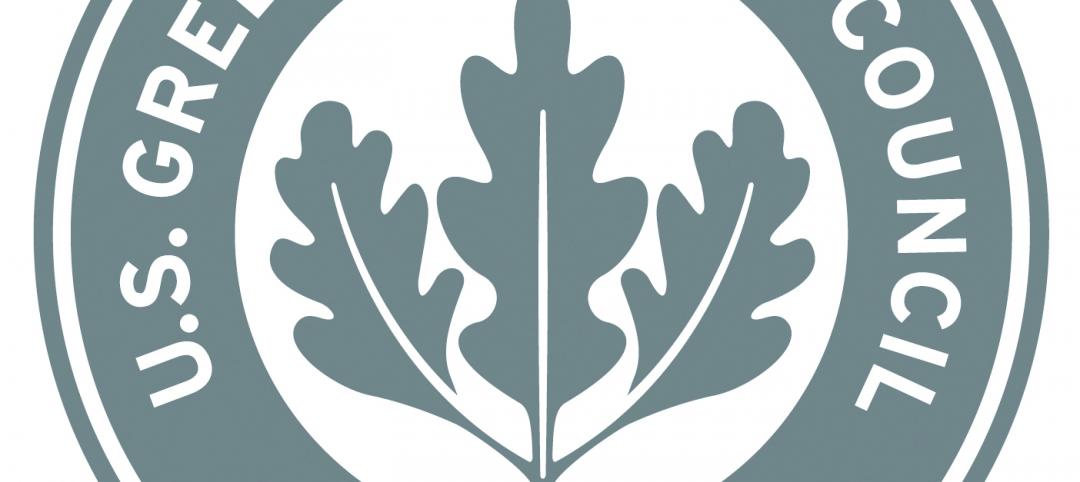The American Concrete Institute (ACI) has released the Spanish edition of ACI 318-14: Building Code Requirements for Structural Concrete.
The 2015 International Building Code references 318-14. A Spanish language inch-pound version has also been released. The reorganized 318-14 is structured from an engineer’s perspective.
By focusing on member design, ACI 318 requirements flow more intuitively and have fewer cross-references, ACI says. The document has greater ease of use; improved logic and flow of information; member-based organization to quickly locate relevant code information; and construction requirements centralized in one chapter.
Publication of ACI 318-14 is the first major reorganization of ACI 318 since 1971 and represents nearly a decade of work. Updates include new chapters on structural systems and diaphragms, and a consistent structure for each member chapter. The U.S. and more than 22 countries around the world base their national building codes on all or part of ACI 318, and the document is used globally.
(http://www.concrete.org/News/NewsDetail.aspx?f=51687651)
New York City last year adopted the National Institute of Standards and Technology (NIST) recommendation to require additional exit stairways in high-rise buildings.
Since stairwells count as part of a building’s floor, an amendment to the city’s Zoning Resolution is also required and city government is considering the measure. The amendment exempts space used for the additional emergency stairwells from counting toward zoning floor area in new, non-residential buildings 420 feet high or taller.
The International Building Code (IBC) adopted the NIST’s findings in 2009, following a review of high-rise safety after the terrorist attacks of Sept. 11, 2001. A major recommendation was to increase exit capacity of buildings with additional exit pathways.
The zoning measure applies primarily to office buildings and hotels in Midtown and Lower Manhattan, Downtown Brooklyn, and Long Island City, Queens. The 11 community boards in those neighborhoods and borough presidents in Manhattan, Brooklyn, and Queens have 60 days to review the amendment, followed by reviews at the City Planning Commission and the City Council.
(http://www.qgazette.com/news/2015-01-07/Features/Making_Tall_Buildings_Safer.html)
Related Stories
| Jan 26, 2012
Earthquake 'fuse' could save buildings during temblors
The idea is to use an earthquake "fuse" that can prevent the tiny fractures and warps that make structures unsafe after a quake and very expensive to repair.
| Jan 26, 2012
HPD open materials standard for green building materials gains momentum
GreenWizard, provider of a cloud-based product management and project collaboration software, is the latest industry participant to sign on
| Jan 26, 2012
Siemens launches smoke detection knowledge center
New knowledge center web site demonstrates efficacy of smoke detection.
| Jan 18, 2012
Chile's seismic code upgrades credited with saving lives in 2010 quake
Since 1960, when Chile suffered a 9.5 magnitude quake, the largest ever recorded; the country has steadily improved building codes to protect lives and property.
| Jan 18, 2012
Report analyzes residential hurricane codes in 18 states
The Insurance Institute for Business & Home Safety (IBHS) released a new report analyzing residential building codes in 18 hurricane-prone coastal states along the Gulf of Mexico and the Atlantic Coast.
| Jan 18, 2012
Death in Chicago high-rise apartment fire blamed on fire code
The death of a Chicago woman who stepped off her elevator into a blazing inferno last week has underscored the need for fire sensors in elevators.
| Jan 18, 2012
California approves open cell spray foam for energy efficiency standards
The California Energy Commission (CEC) now recognizes open-cell spray foam as an accepted insulation in its 2008 Building Energy Efficiency Standards.
| Jan 5, 2012
Building to LEED standards now an 'easy call' from cost standpoint
Once seen as a cost burden, building to LEED standards is now an "easy call," according to Dan Probst, chairman of energy and sustainability for real estate management and development firm Jones Lang LaSalle.
| Jan 5, 2012
Minnesota's GreenStep Cities program aids communities in winning grants
GreenStep Cities, a Minnesota initiative, was designed to provide greater recognition to the state's communities for achievements in meeting sustainability standards and goals.
| Jan 5, 2012
Some ADA accessibility rules change in 2012
Some changes to the Americans with Disabilities Act go into effect beginning March 15, 2012.
















